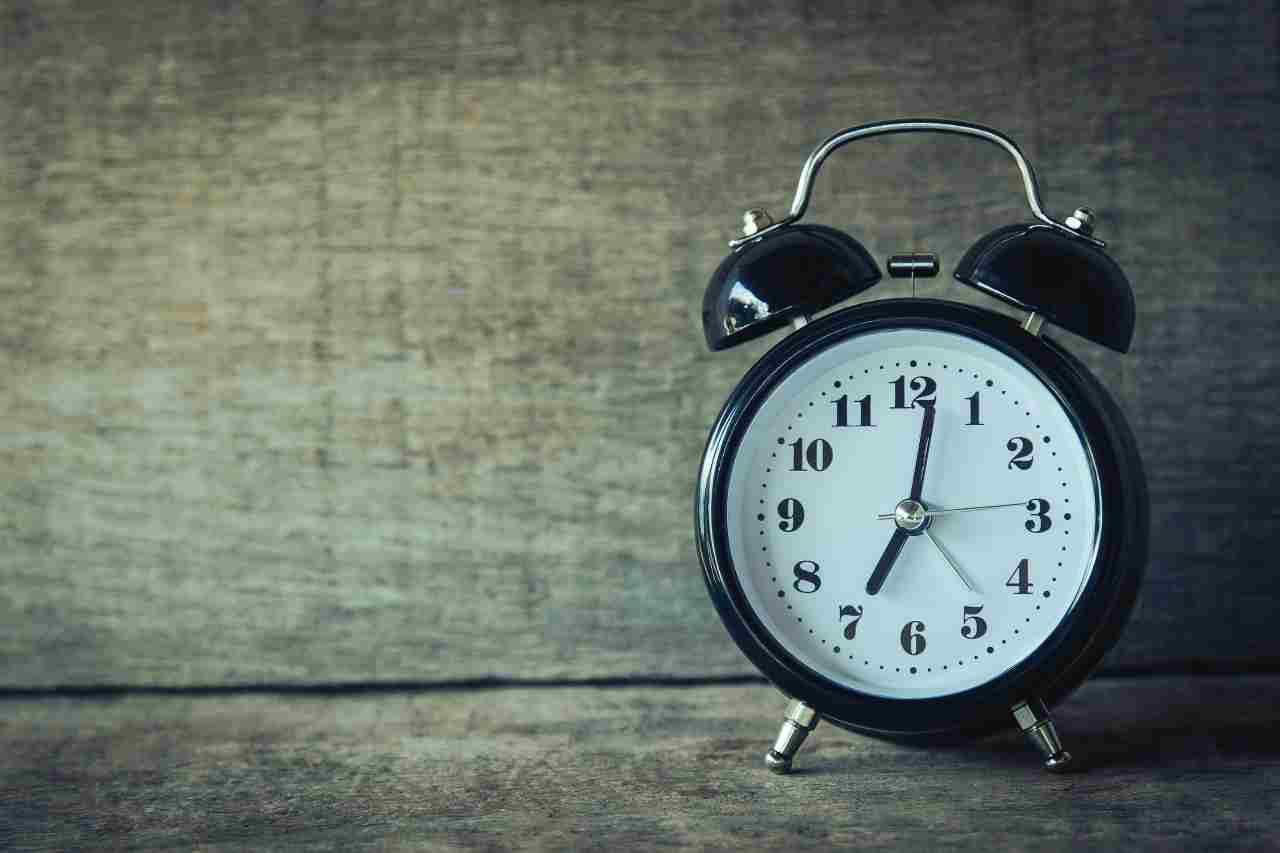Spermatogenesis & age
Sperm production begins at puberty and continues throughout life. But quality and total count are dynamic and influenced by age, hormones, lifestyle, and environmental factors. Reference ranges and testing standards are described in the current WHO manual, which andrology labs around the world use. WHO Laboratory Manual for the Examination and Processing of Human Semen
What changes with age
- Sperm concentration: More often lower than in your 20s/early 30s, although the overall range is still wide.
- Motility (movement): Tends to decline; slower forward progression reduces the chance of reaching the egg.
- Morphology (shape): More atypical forms that can make it harder to penetrate the egg.
- DNA integrity: Higher rates of DNA fragmentation due to oxidative stress and normal aging processes.
- Co-factors: More urologic conditions, more medications, metabolic changes.
| Age group | Typical trends | Notes |
|---|---|---|
| 20–34 | Often highest overall quality | Healthy lifestyle pays off the most here |
| 35–39 | First measurable declines may appear | If you’re trying to conceive and it’s taking longer, consider getting checked |
| 40–44 | More frequent motility/DNA abnormalities | Targeted workup, address risk factors actively |
| ≥45 | Clearly more often reduced parameters | Individual counseling; reproductive medicine if needed |
Data & studies
Large reviews show age-related patterns: lower motility and more DNA damage are linked to lower pregnancy rates and slightly higher miscarriage risk. On average, the effects are moderate, but individual variation is big. Good starting points are overviews on male subfertility and critical appraisals of antioxidant therapy. NHS: Infertility overview • Cochrane Review: Antioxidants for male subfertility
Hormones & andropause
Testosterone levels decline slightly on average with age. That can affect libido, ejaculate volume, and sperm maturation. A “testosterone boost” on its own is not a good idea if you want to father a child, because exogenous testosterone can suppress your body’s own sperm production. Workup and therapy should be supervised by an andrology/men’s health specialist. ASRM: Male infertility (patient info)
Genetics & DNA damage
Age, oxidative stress, and environmental exposures tend to increase the proportion of fragmented DNA. An elevated DNA fragmentation index (DFI) may be associated with lower success rates and a higher miscarriage rate. Tests such as SCSA or TUNEL are available in specialized labs; how useful they are depends on the indication and the full clinical picture. CDC: Infertility
Implications for children
With higher paternal age, studies describe slightly increased risks for preterm birth, low birth weight, and certain neurodevelopmental diagnoses. Overall, absolute risks for the individual child usually stay small; counseling helps parents interpret those numbers correctly. HFEA: Health screening and risks
Lifestyle: What you can influence
- Quit smoking, keep alcohol moderate, avoid drugs
- Healthy weight, regular exercise, good sleep
- Avoid testicular overheating (long sauna sessions, very hot baths, warm laptops right on the lap)
- Minimize exposure to toxins (solvents, pesticides, plasticizers)
- Antioxidant-rich diet; take supplements only in a targeted way and after medical advice
- Treat underlying conditions (e.g. varicocele, diabetes, thyroid issues)
Diagnostics: semen analysis & reference values
A semen analysis evaluates concentration, motility, and morphology according to WHO standards; vitality and DNA fragmentation can be added. Reference values are statistical comparison ranges, not hard lines between “fertile/infertile.” The whole clinical picture matters. WHO manual (6th edition)
- Concentration: WHO-based reference ranges; always interpret together with volume and total count.
- Total count per ejaculate: Important for natural conception and for selecting the reproductive procedure (e.g. IUI vs IVF/ICSI).
- Motility/morphology: Key predictors; measurement is method-dependent.
Family-building options
- Timing & cycle awareness: Intercourse during the fertile window increases the chances; cycle tracking can support this. NHS: Getting pregnant
- Medical workup: If there are abnormalities, get a urology/andrology workup; treat underlying causes where possible.
- Assisted reproduction: Depending on the findings, IUI, IVF, or ICSI; decision is individual and guideline-based.
- Lifestyle optimization: Evidence-based, start early, stay consistent.
Option: sperm freezing
This is especially relevant before therapies with potential gonadotoxicity (e.g. chemo/radiation), before vasectomy, or when you’re planning to have kids later. Samples are stored in liquid nitrogen at −196 °C and can be kept long term. Proper counseling and informed consent are essential. HFEA: Sperm freezing
When to see a doctor
- No pregnancy after 12 months of regular, unprotected sex (or after 6 months if your partner is 35+)
- Known risk factors: undescended testes, testicular infections, varicocele, inguinal surgery, trauma, chemo/radiation
- Signs of hormone issues: loss of libido, erectile problems, low ejaculate volume
- Before planned cryopreservation or assisted reproductive procedures
Overviews on causes, diagnostics, and treatment: NHS: Infertility • CDC: Infertility
Conclusion
The male “biological clock” is real. Age-related changes in sperm quality happen, but they don’t look the same for every man. If you improve lifestyle factors early, get evaluated at the right time, and know about options like sperm freezing or assisted reproduction, you can actively improve your chances of having a baby.

